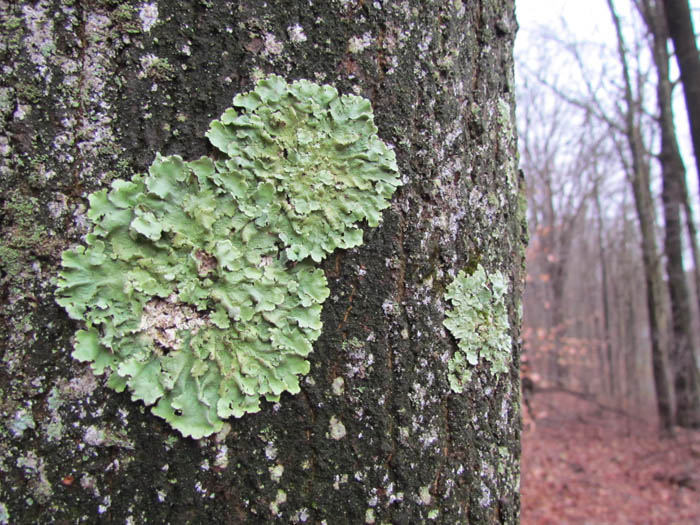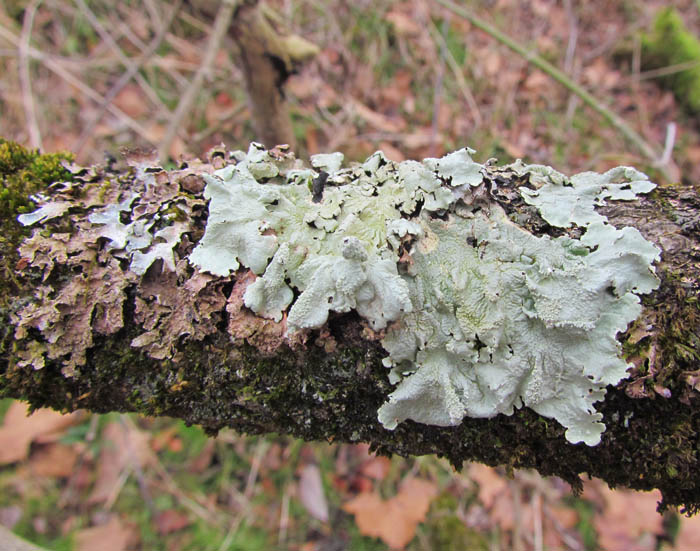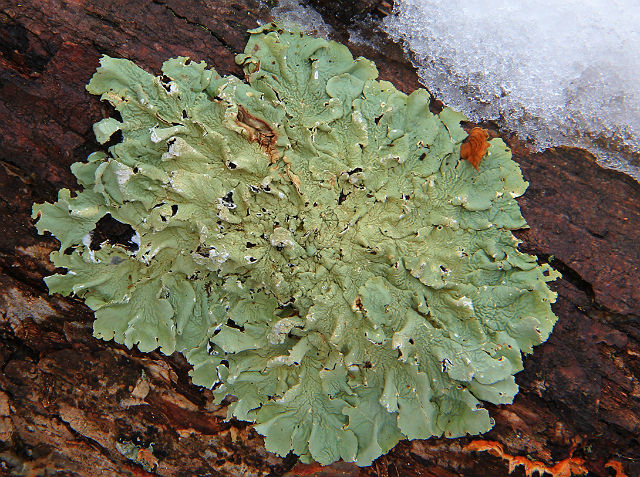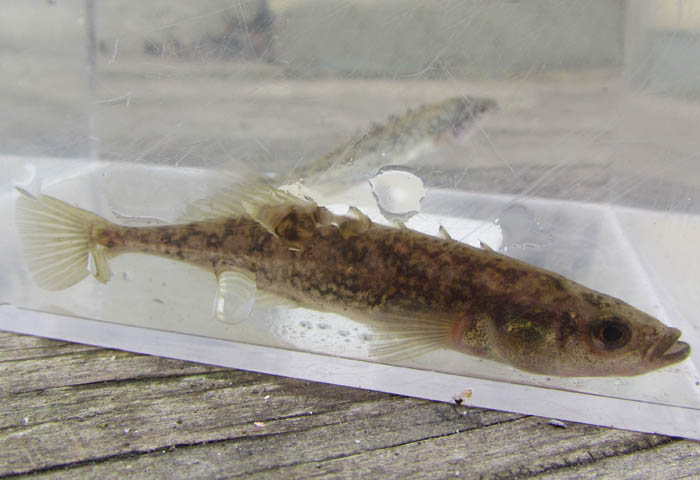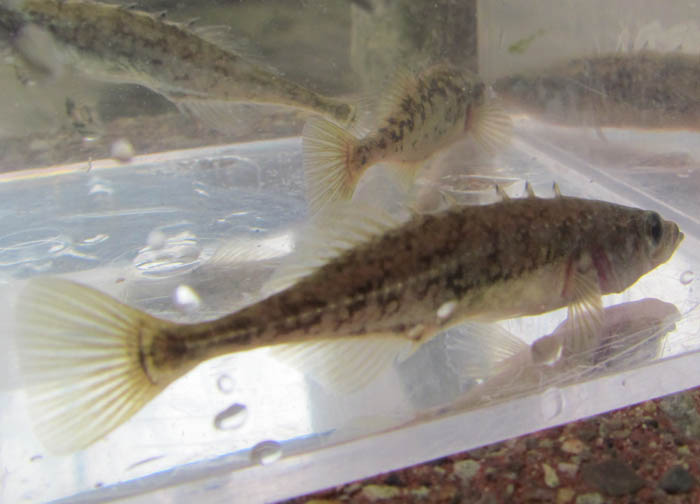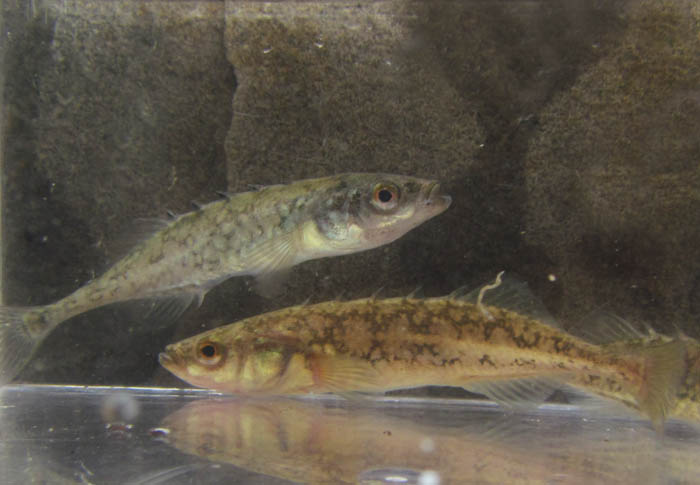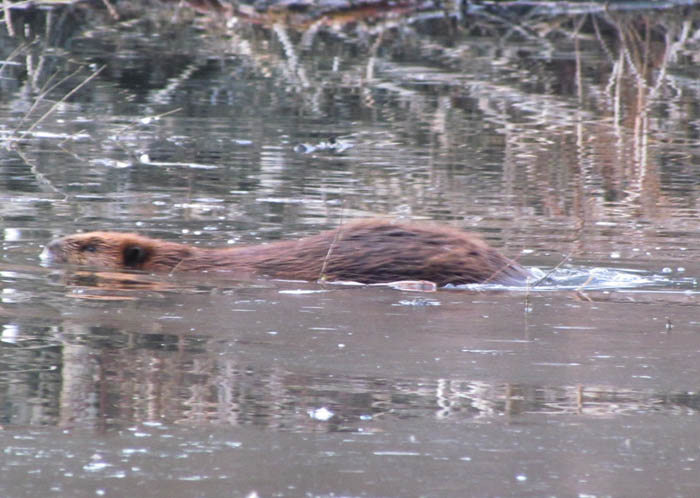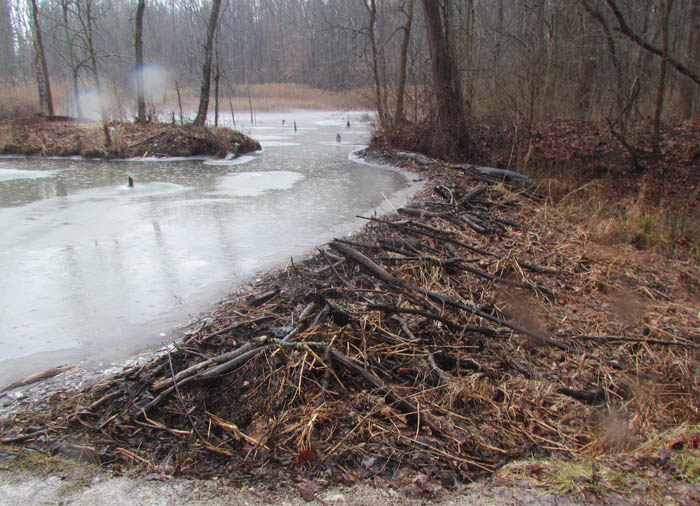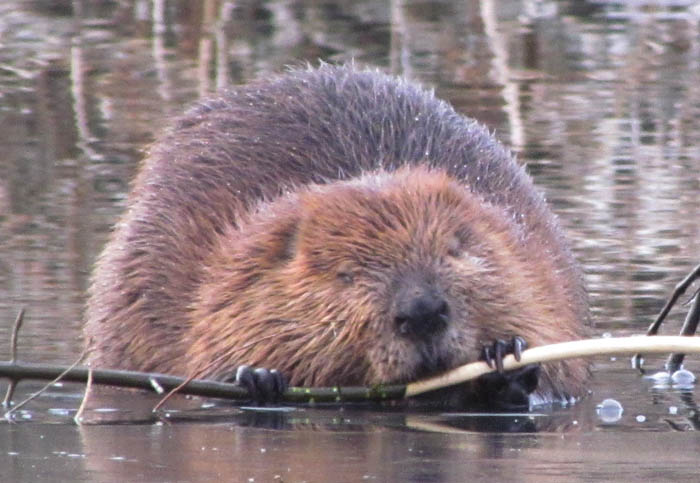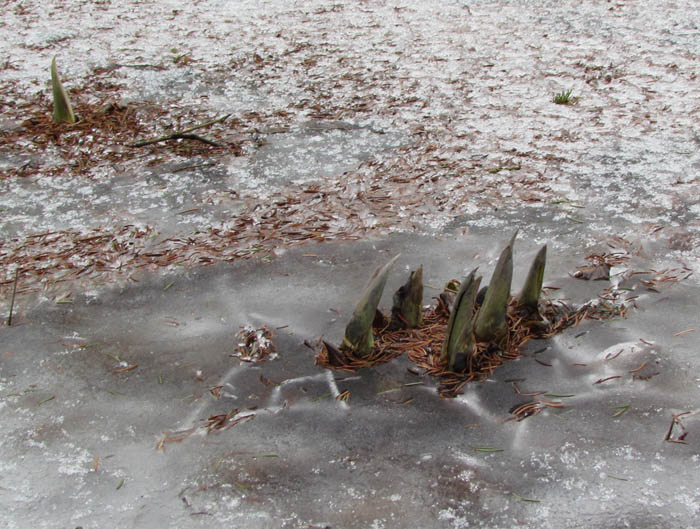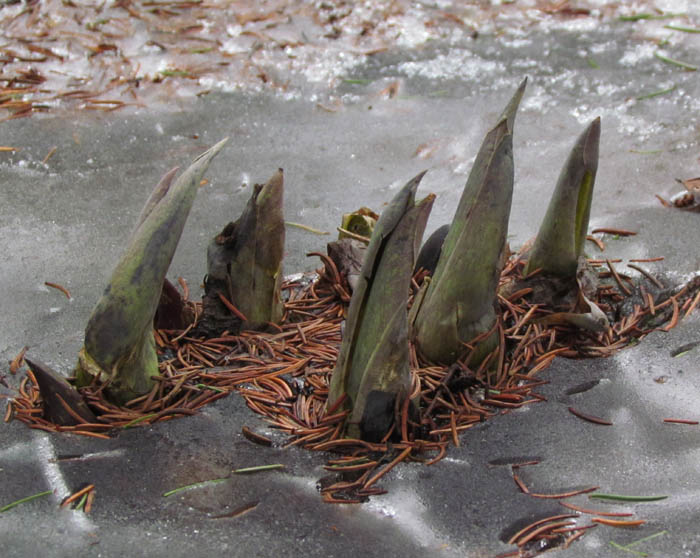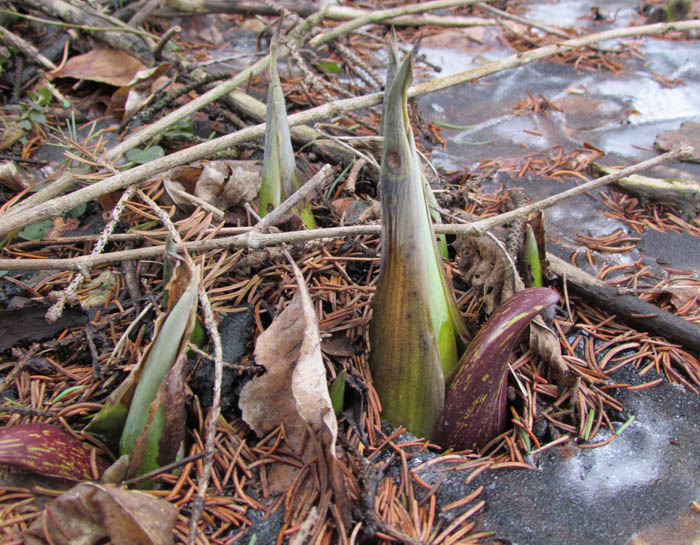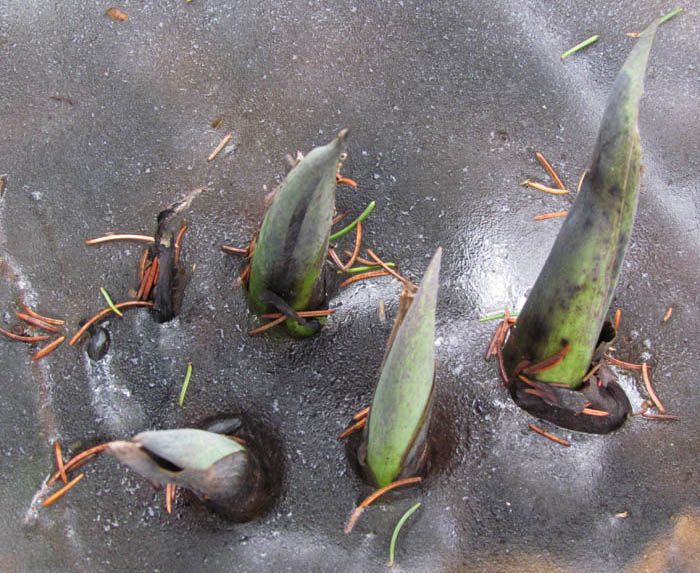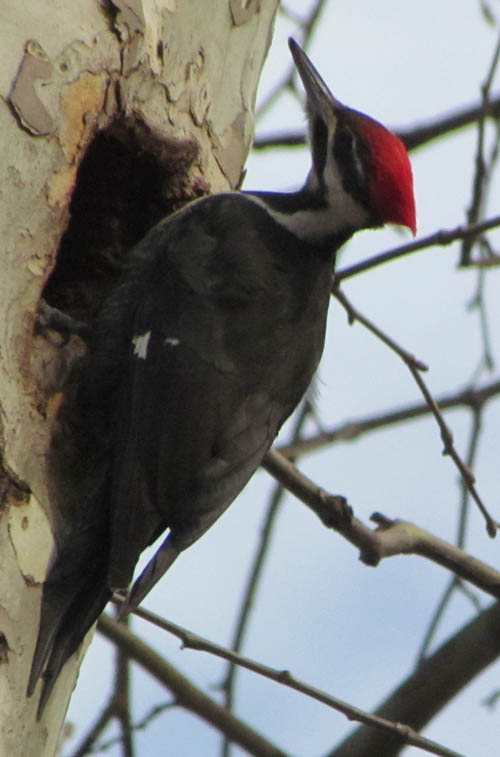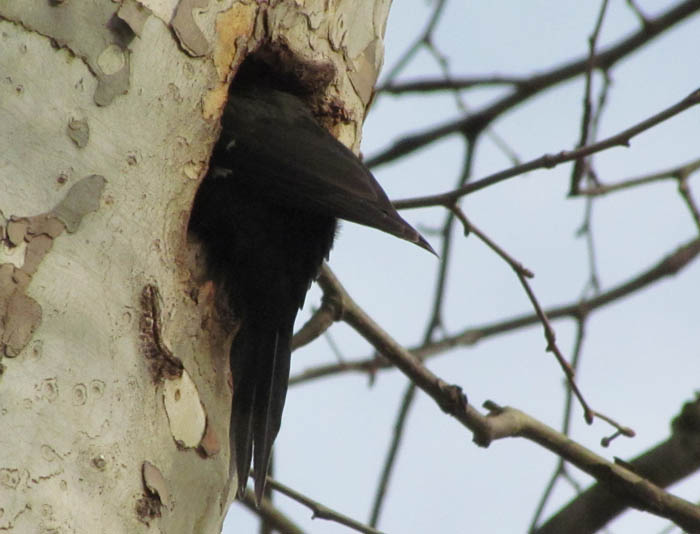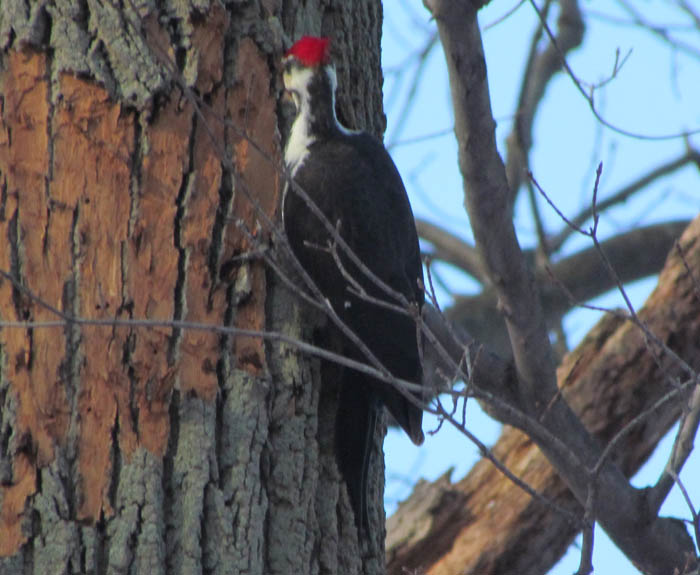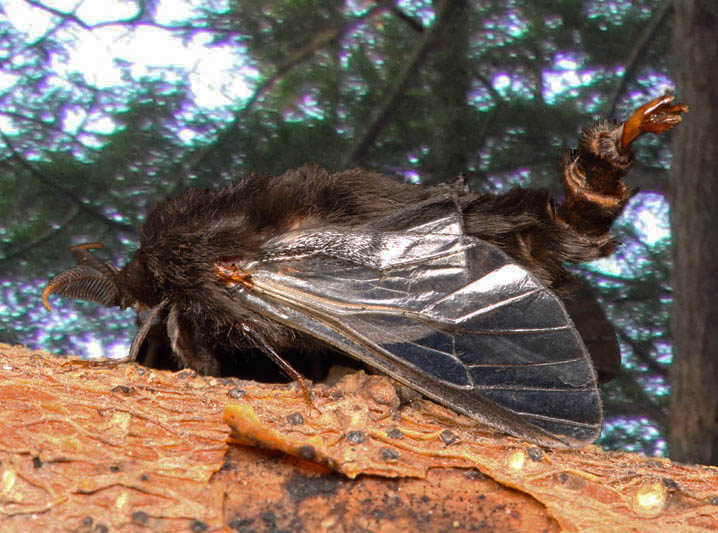A lichen is special, because it is not one organism, but two. It is a complicated relationship between a fungus and an alga.
The alga provides nutrients through photosynthesis, while the fungus (which the alga lives inside of) protects the alga from the elements. The result is a new organism distinctly different from its component species.
Lichens are also fascinating because of the diversity of their shapes and colors. They often occupy niches that, at least sometime during the season, are so dry or hot that nothing else can live there. I sometimes see yellow lichens on rocks in the desert, like this one found on Mount Charleston (NV) a couple of years ago.
The successful alliance between a fungus and an alga allows each to do what it does best and thrive as a result of a natural cooperation. Greenshield Lichens are usually greenish-gray. They look a lot like tiny leaves.
Greenshield Lichens live on tree trunks and rocks, preferring shady, damp places – look for them in the woods. Lichens do not damage trees, but over time, a colony of lichens can break down rocks and put nutrients back into the soil.
Lichens are very sensitive to pollution and are an indicator of air quality. Got lichens? Then you’re breathing clean air!

